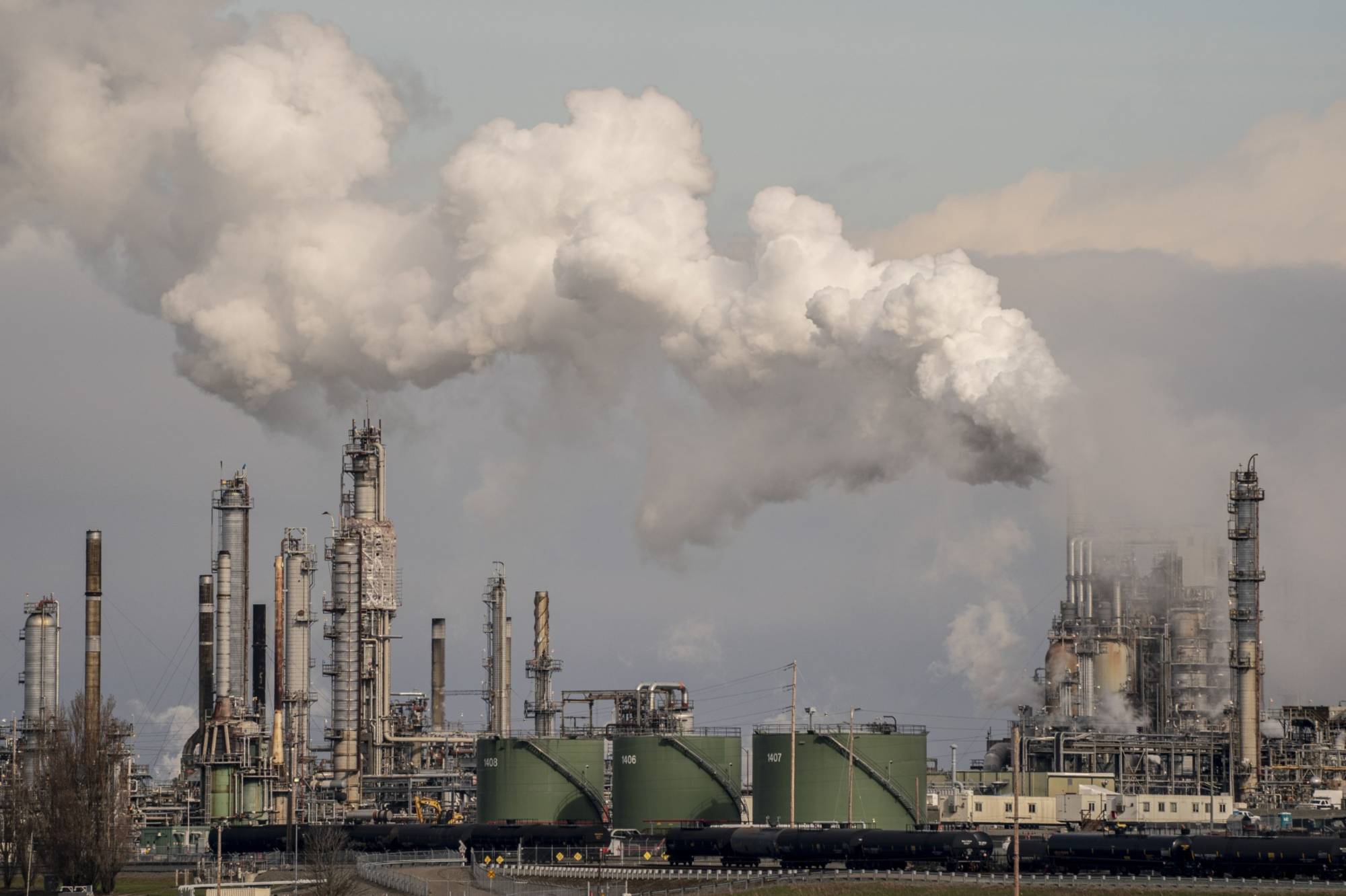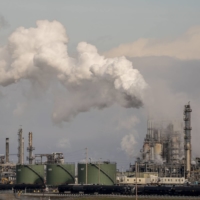Oil edged higher in Asia after the biggest daily surge in 16 months pushed prices back above $100 a barrel as the Kremlin cast doubt on the progress of peace talks with Ukraine.
Futures in New York rose to trade near $104 a barrel after jumping 8.4% on Thursday. Crude rallied after the Kremlin said a report of major progress in negotiations over Ukraine was "wrong,” but that discussions will continue. Oil is still set for a second weekly loss after another tumultuous period of trading that’s seen West Texas Intermediate swing over $9 in three sessions.
The market has been whipsawed by developments surrounding the war and concerns about COVID-19 lockdowns in China, with a liquidity crunch adding to oil’s volatility and leaving prices vulnerable to big swings. Russian crude is still being treated with extreme caution by buyers worried about damage to their reputation or falling foul of sanctions.
Russia’s invasion of Ukraine has fanned inflation, providing a challenge to central banks and governments as they seek to encourage economic growth after the pandemic. The Federal Reserve this week raised interest rates and signaled further hikes to tackle the fastest price gains in four decades.
On the supply front, Libya said Wednesday that OPEC should ramp up production faster to ease the energy crisis. Saudi Arabia’s Crown Prince Mohammed bin Salman told Japanese Prime Minister Fumio Kishida a day later that the kingdom is keen to maintain the oil market’s balance and stability, state-run SPA reported.
Global benchmark Brent has swung by more than $5 a barrel for 16 consecutive sessions — the longest run of such volatility ever. The extent of the liquidation shows up in open interest figures. Holdings for WTI fell to the lowest since 2016, while those for Brent were the lowest since 2015.




